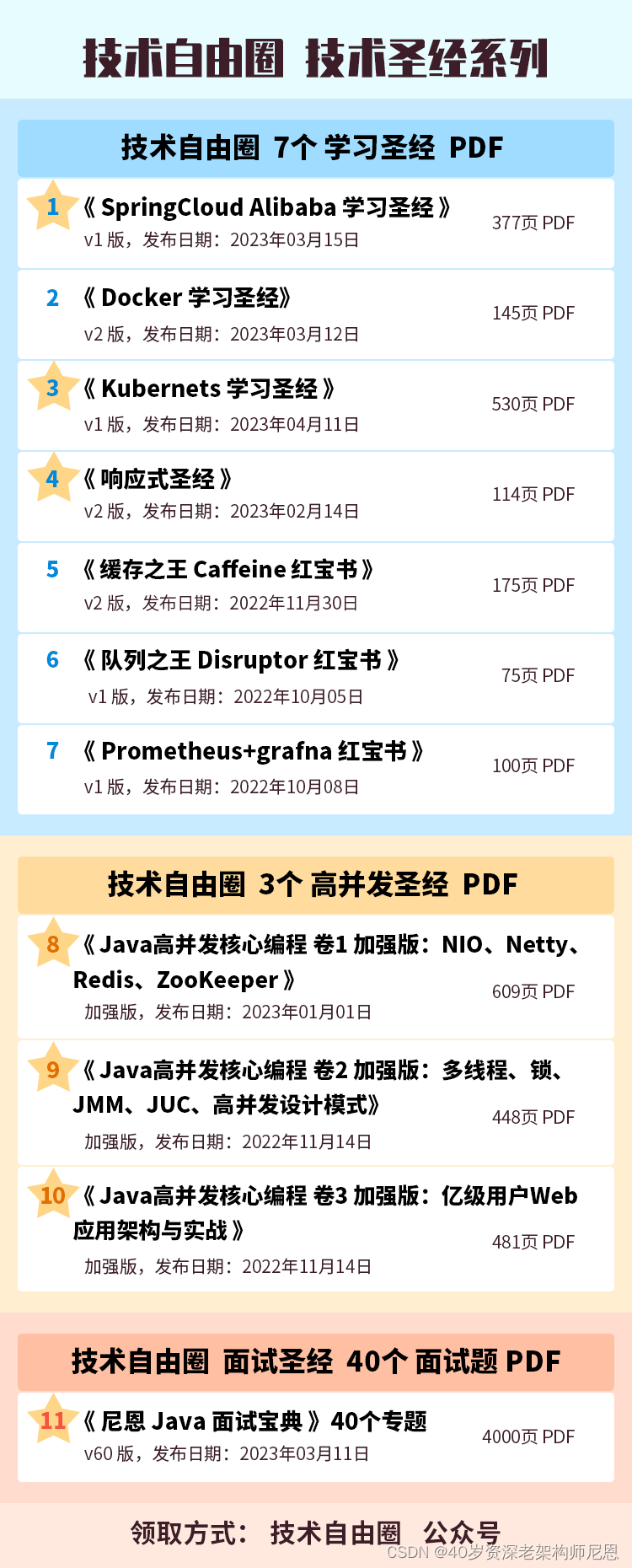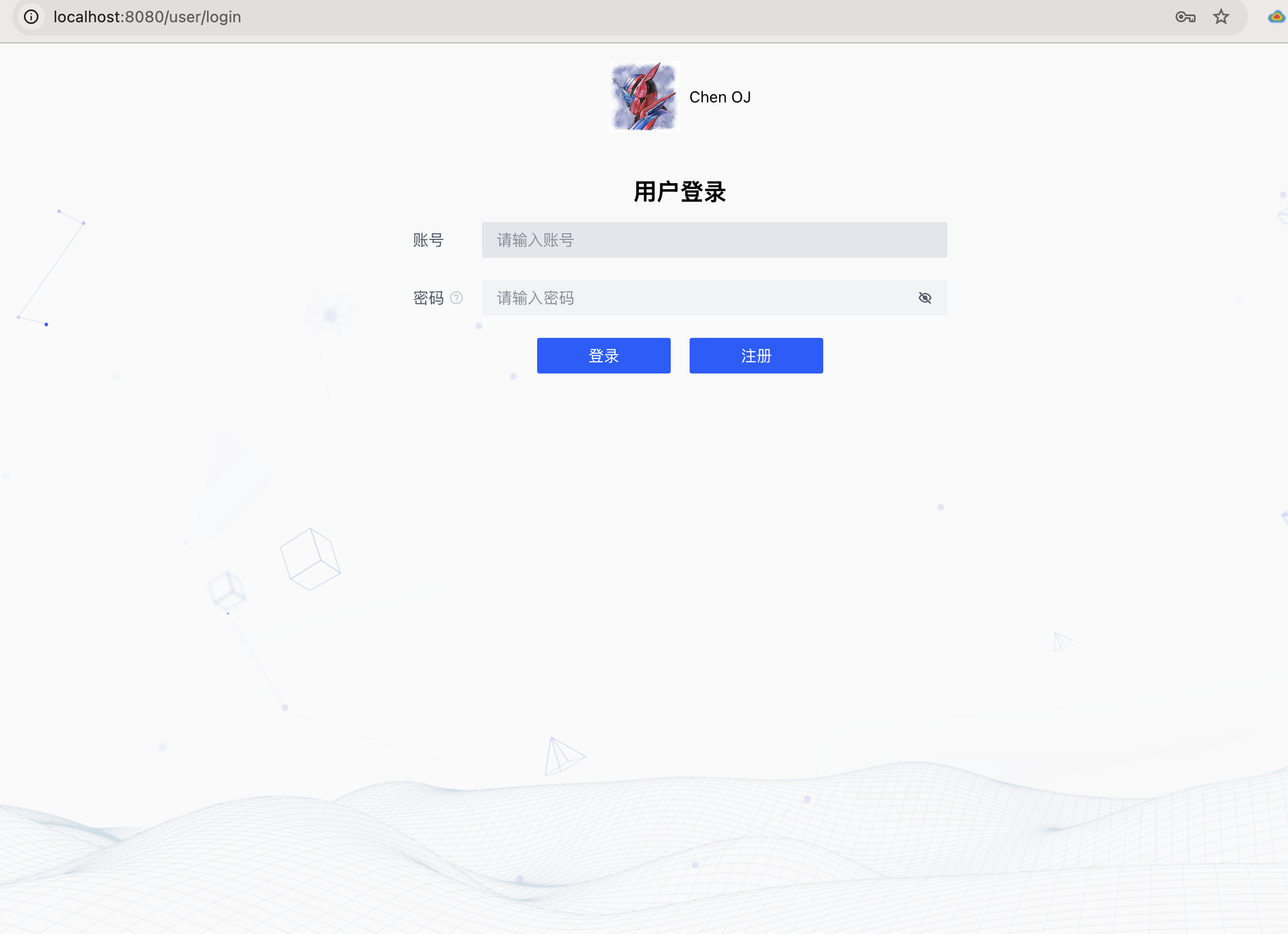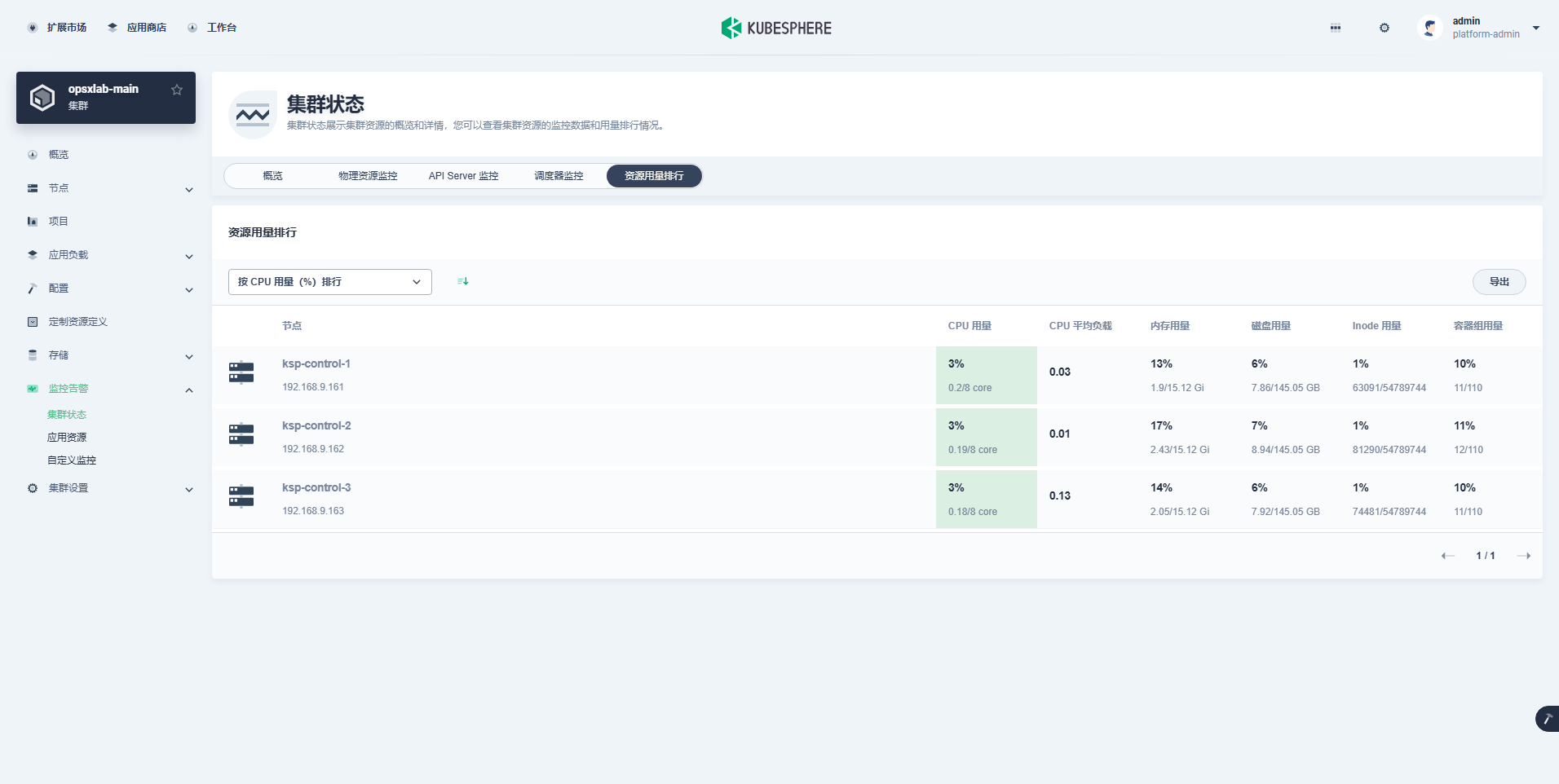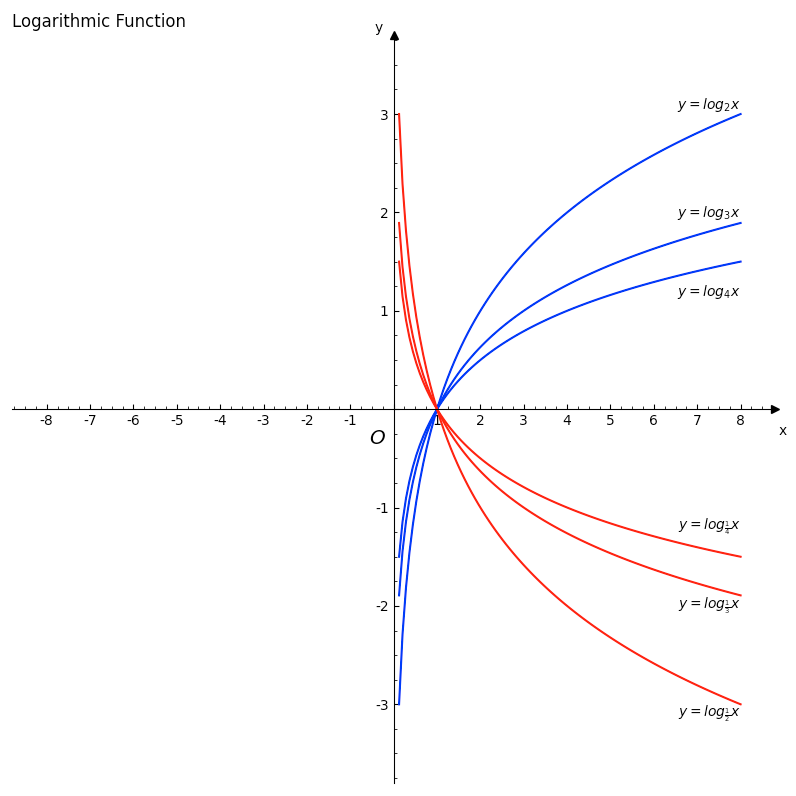LangChain初学者指南:从零开始实现高效数据检索
https://python.langchain.com/v0.2/docs/tutorials/retrievers/
这个文档,我们将熟悉LangChain的向量存储和抽象检索器。支持从(向量)数据库和其他来源检索数据,并与大模型的工作流集成。这对于需要检索数据以进行推理的应用程序非常重要,例如检索增强生成(retrieval-augmented generation)的情况,或者RAG(请参阅我们的RAG教程在这里)。
概念
这个指南着重于文本数据的检索。涵盖以下主要概念:
- Documents:文本
- Vector stores:向量存储
- Retrievers:检索
Setup
Jupyter Notebook
这些教程和其他教程可能最方便在Jupyter笔记本中运行。请参阅此处有关安装方法的说明。
Installation
这个教程需要使用 langchain 、langchain-chroma和 langchain-openai包。
- Pip
pip install langchain langchain-chroma langchain-openai
Installation guide.
LangSmith
设置环境变量
export LANGCHAIN_TRACING_V2="true"
export LANGCHAIN_API_KEY="..."
如果在 notebook中,可以这样设置:
import getpass
import os
os.environ["LANGCHAIN_TRACING_V2"] = "true"
os.environ["LANGCHAIN_API_KEY"] = getpass.getpass()
Documents
LangChain 实现了一个提取的文档,文档包括文本单元和相关元数据。它具有两个属性:
page_content:字符串格式的内容metadata:包含任意元数据的字典。
元数据属性可以包含关于文档来源、与其他文档的关系以及其他信息。请注意,单个文档对象通常代表更大文档的一部分。
生成一些 documents 例子:
from langchain_core.documents import Document
documents = [Document(page_content="Dogs are great companions, known for their loyalty and friendliness.",metadata={"source": "mammal-pets-doc"},
),Document(page_content="Cats are independent pets that often enjoy their own space.",metadata={"source": "mammal-pets-doc"},
),Document(page_content="Goldfish are popular pets for beginners, requiring relatively simple care.",metadata={"source": "fish-pets-doc"},
),Document(page_content="Parrots are intelligent birds capable of mimicking human speech.",metadata={"source": "bird-pets-doc"},
),Document(page_content="Rabbits are social animals that need plenty of space to hop around.",metadata={"source": "mammal-pets-doc"},
),
]API 调用:
- Document
这里我们生成了五个包含元数据的文档,其中显示了三个不同的“来源”。
向量存储
向量搜索是一种常见的存储和搜索非结构化数据(如非结构化文本)的方法。其思想是存储与文本相关联的数值向量。给定一个查询,我们可以将其嵌入为相同维度的向量,并使用向量相似度度量来识别存储中相关的数据。
LangChain的VectorStore对象定义了用于将文本和文档对象添加到存储,和使用各种相似度度量进行查询的方法。通常使用嵌入模型进行初始化,这些模型确定了文本数据如何被转化为数字向量。
LangChain包括一套与不同矢量存储技术集成的解决方案。一些矢量存储由提供者(如各种云服务提供商)托管,并需要特定的凭据才能使用;一些(例如Postgres)在独立的基础设施中运行,可以在本地或通过第三方运行;其他一些可以运行在内存中,用于轻量级工作负载。在这里,我们将演示使用Chroma的LangChain向量存储的用法,是一个基于内存的实现。
实例化一个向量存储的时候,通常需要提供一个嵌入模型来指定文本应该如何转换为数字向量。在这里,我们将使用 OpenAI 的嵌入模型。
from langchain_chroma import Chroma
from langchain_openai import OpenAIEmbeddings
vectorstore = Chroma.from_documents(documents,embedding=OpenAIEmbeddings(),
)
API 调用:
- OpenAIEmbeddings
调用 .from_documents 把文档添加到向量存储中。VectorStore实现了用于添加文档的方法,这些方法可以在对象实例化之后调用。大多数实现都允许您连接到现有的向量存储,例如,通过提供客户端、索引名称或其他信息。有关特定集成的更多详细信息,请参阅文档。
一旦我们实例化了一个包含文档的 VectorStore,我们就可以对其进行查询。VectorStore 包括以下查询方法:
- 同步和异步查询;
- 通过字符串查询和通过向量查询;
- 带有和不带有返回相似度分数的查询;
- 通过相似度和最大边际相关性(在检索结果中平衡相似度和多样性的查询)进行查询。
这些方法会输出一个Document对象的列表。
例子
返回与字符串查询相似的文档:
vectorstore.similarity_search("cat")
[Document(page_content='Cats are independent pets that often enjoy their own space.', metadata={'source': 'mammal-pets-doc'}),Document(page_content='Dogs are great companions, known for their loyalty and friendliness.', metadata={'source': 'mammal-pets-doc'}),Document(page_content='Rabbits are social animals that need plenty of space to hop around.', metadata={'source': 'mammal-pets-doc'}),Document(page_content='Parrots are intelligent birds capable of mimicking human speech.', metadata={'source': 'bird-pets-doc'})]
异步查询:
await vectorstore.asimilarity_search("cat")
[Document(page_content='Cats are independent pets that often enjoy their own space.', metadata={'source': 'mammal-pets-doc'}),Document(page_content='Dogs are great companions, known for their loyalty and friendliness.', metadata={'source': 'mammal-pets-doc'}),Document(page_content='Rabbits are social animals that need plenty of space to hop around.', metadata={'source': 'mammal-pets-doc'}),Document(page_content='Parrots are intelligent birds capable of mimicking human speech.', metadata={'source': 'bird-pets-doc'})]
返回分数查询:
# Note that providers implement different scores; Chroma here
# returns a distance metric that should vary inversely with
# similarity.
vectorstore.similarity_search_with_score("cat")
[(Document(page_content='Cats are independent pets that often enjoy their own space.', metadata={'source': 'mammal-pets-doc'}),0.3751849830150604),(Document(page_content='Dogs are great companions, known for their loyalty and friendliness.', metadata={'source': 'mammal-pets-doc'}),0.48316916823387146),(Document(page_content='Rabbits are social animals that need plenty of space to hop around.', metadata={'source': 'mammal-pets-doc'}),0.49601367115974426),(Document(page_content='Parrots are intelligent birds capable of mimicking human speech.', metadata={'source': 'bird-pets-doc'}),0.4972994923591614)]
根据嵌入的查询返回类似文档的查询:
embedding = OpenAIEmbeddings().embed_query("cat")
vectorstore.similarity_search_by_vector(embedding)
[Document(page_content='Cats are independent pets that often enjoy their own space.', metadata={'source': 'mammal-pets-doc'}),Document(page_content='Dogs are great companions, known for their loyalty and friendliness.', metadata={'source': 'mammal-pets-doc'}),Document(page_content='Rabbits are social animals that need plenty of space to hop around.', metadata={'source': 'mammal-pets-doc'}),Document(page_content='Parrots are intelligent birds capable of mimicking human speech.', metadata={'source': 'bird-pets-doc'})]
学习更多:
- API reference
- How-to guide
- Integration-specific docs
Retrievers
LangChain VectorStore 对象不继承 Runnable,因此无法直接集成到 LangChain 表达式语言 chains 中。
Retrievers 继承了 Runnables,实现了一套标准方法(例如同步和异步的 invoke和 batch操作),并且设计为纳入LCEL链中。
我们可以自己创建一个简单的可运行对象,而无需继承 Runnables。下面我们将围绕相似性搜索方法构建一个示例:
from typing import List
from langchain_core.documents import Document
from langchain_core.runnables import RunnableLambda
retriever = RunnableLambda(vectorstore.similarity_search).bind(k=1) # select top result
retriever.batch(["cat", "shark"])
API 调用:
- Document
- RunnableLambda
[[Document(page_content='Cats are independent pets that often enjoy their own space.', metadata={'source': 'mammal-pets-doc'})],[Document(page_content='Goldfish are popular pets for beginners, requiring relatively simple care.', metadata={'source': 'fish-pets-doc'})]]
Vectorstores 实现一个 as_retriever 方法,该方法将生成一个 VectorStoreRetriever。这些 retriever 包括特定的 search_type 和 search_kwargs 属性,用于识别调用底层向量存储的方法以及如何给它们参数化。例如,我们可以使用以下方法复制上述操作:
retriever = vectorstore.as_retriever(search_type="similarity",search_kwargs={"k": 1},
)
retriever.batch(["cat", "shark"])
[[Document(page_content='Cats are independent pets that often enjoy their own space.', metadata={'source': 'mammal-pets-doc'})],[Document(page_content='Goldfish are popular pets for beginners, requiring relatively simple care.', metadata={'source': 'fish-pets-doc'})]]
VectorStoreRetriever 支持相似度(默认)、mmr(最大边际相关性)和 similarity_score_threshold 可以对输出的相似文档,设定相似度分数阈值。
Retrievers 可以很容易地整合到更复杂的应用中,比如检索增强生成(RAG)应用程序,它将给定的问题与检索到的上下文结合组成 LLM 的提示。下面我们展示一个最简单的例子。
- OpenAI
pip install -qU langchain-openai
import getpass
import os
os.environ["OPENAI_API_KEY"] = getpass.getpass()
from langchain_openai import ChatOpenAI
llm = ChatOpenAI(model="gpt-3.5-turbo-0125")
from langchain_core.prompts import ChatPromptTemplate
from langchain_core.runnables import RunnablePassthrough
message = """
Answer this question using the provided context only.
{question}
Context:
{context}
"""
prompt = ChatPromptTemplate.from_messages([("human", message)])
rag_chain = {"context": retriever, "question": RunnablePassthrough()} | prompt | llm
API 调用:
- ChatPromptTemplate
- RunnablePassthrough
response = rag_chain.invoke("tell me about cats")
print(response.content)
Cats are independent pets that often enjoy their own space.
总结:
本文档提供了向量存储和检索的示例代码。介绍了LangChain的向量存储和抽象检索器,包括向量存储和检索器的概念和使用。向量存储是存储和搜索非结构化数据的一种方法,LangChain的VectorStore对象定义了用于将文本和文档对象添加到存储,和使用各种相似度度量进行查询的方法。检索器继承了Runnables,实现了一套标准方法,并且可以加入LCEL链中。











